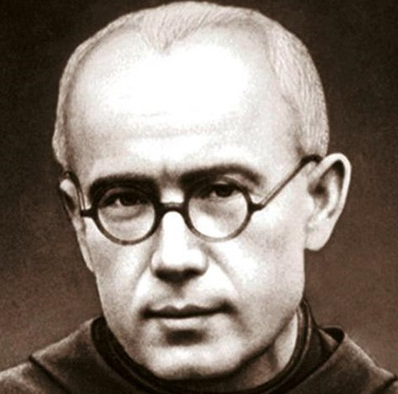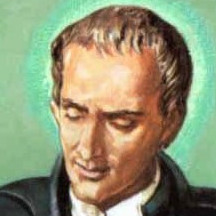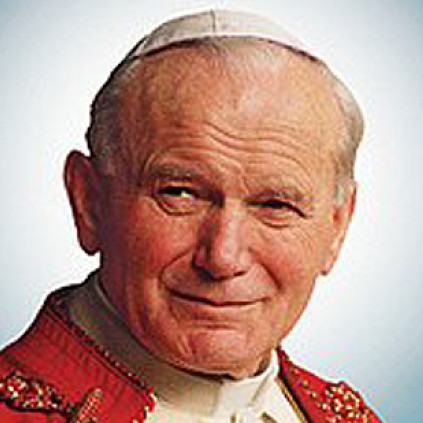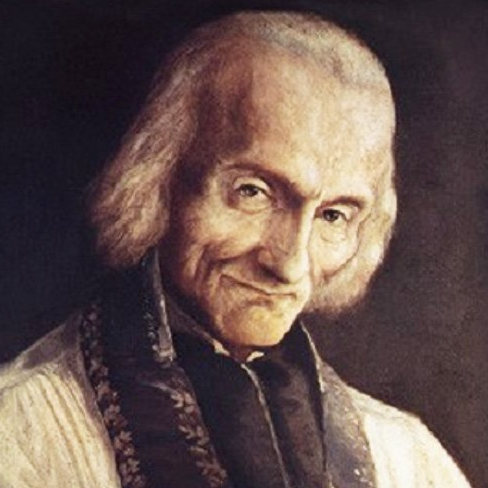Immaculate
All the descendants of Adam and Eve suffered, and will bear the consequence of the original sin committed by their first parents. We inherit this sin at our conception. As Catholics, we believe that redemption is possible for us only through participation in the paschal mystery of Christ.
According to the Catechism of the Catholic Church (404, 281): Sin (firstborn - reminder of the author) will be transmitted to all mankind by begetting, that is, by transmitting human nature devoid of original holiness and justice. Therefore, original sin is analogically called "sin"; it is a sin "contracted", not "committed", it is a state, not an act.
From the moment of her conception, Mary was preserved not only from original sin, but from any sin that she might have committed.

Pope Pius IX
Dogma
The theological statement in the form of the dogma of faith about the Immaculate Conception of the Blessed Virgin Mary (Latin Immaculata Conceptio Beatæ Virginis Mariæ) was announced on December 8th, 1854 by Pope Pius IX in the Basilica of St. Peter in Rome in the presence of 54 cardinals and 140 archbishops and bishops. The document defines a special state of holiness which is the privilege of Mary of Nazareth.
We read in it, among others:
(...) we declare, pronounce and state that the doctrine which holds that the Blessed Virgin Mary from the first moment of her conception - by the special grace and privilege of Almighty God, by the foreseen merits of Jesus Christ, the Savior of mankind - has been preserved intact from the first moment of her conception, of all the stain of original sin is the truth revealed by God, and therefore all the faithful should persistently and without hesitation believe in it.
Thus, whoever denies this truth, would separate himself from the community of the Church, would become an apostate and a guilty party of heresy.
In the nineteenth century, there were recorded three interventions by Mary concerning the truth about her immaculate conception. Even before the proclamation of the dogma in Paris at ul. du Bac in 1830, St. Catherine Labouré experienced a revelation of Mary. The Mother of God then orders a special medal to be struck; the obverse is to present the image of Mary with her arms outstretched to the ground (a symbol of flowing graces) and with a snake under her feet and with the inscription around: "O Mary conceived without sin, pray for us who have recourse to You", the reverse - the cross, the inscription IM ( Immaculata Maria - Immaculate Mary) and two hearts: one with thorns, the other pierced with a sword.
Four years after the proclamation of the dogma, Mary reaffirmed its records during the apparitions at Lourdes, introducing herself to Bernardet Soubirous: "I am the Immaculate Conception."
On July 1, 1877, during the apparition in Gietrzwałd, to one of the seers - Justyna Szafryńska - she said, "I am the Blessed Virgin Mary, Immaculate Conception."

Miraculous Medal

Catherine Labouré

Bernardette Soubirous
The dogma about the Immaculate Conception of the Virgin Mary is not recognized by Protestant churches, while in the Orthodox Church the truth about the Immaculate Conception of Mary is universally professed.
In Western culture, from the 15th century on, the Immaculate was depicted as the Woman of the Apocalypse, "clothed with the sun".
The images of the Immaculate Conception associated with the apparitions of Lourdes have been popular since the 19th century. A century later - with the apparitions at Fatima and Medjugorje.
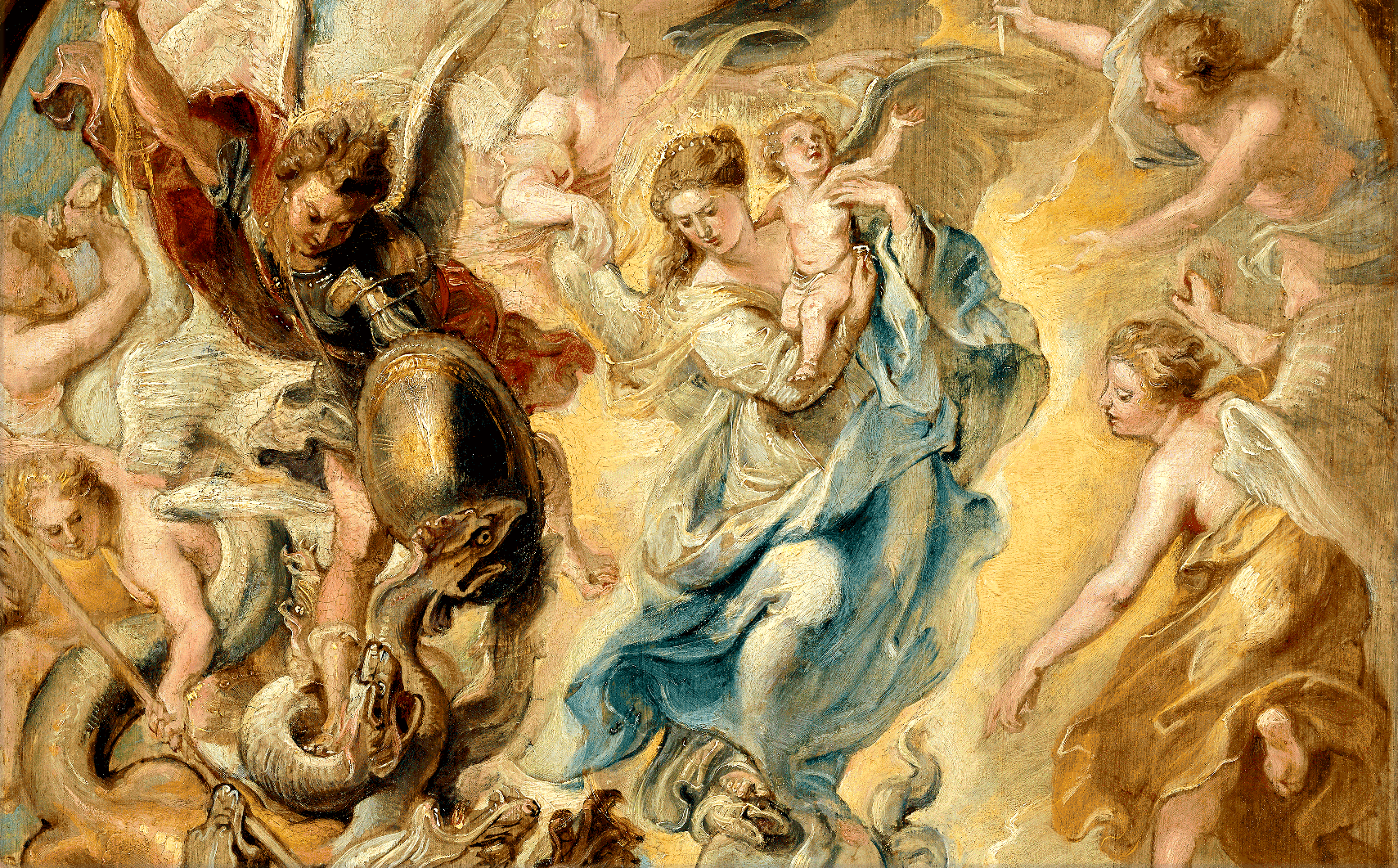
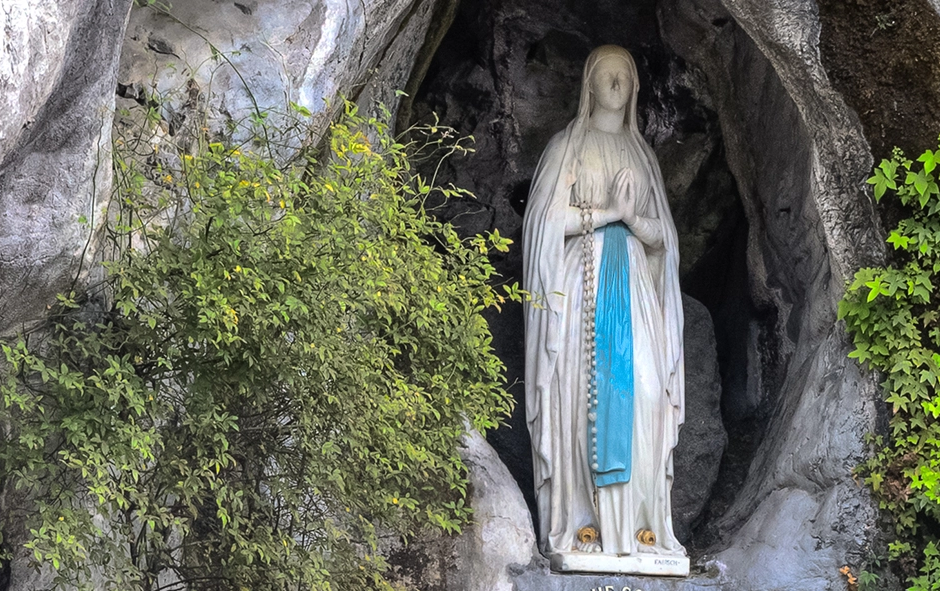
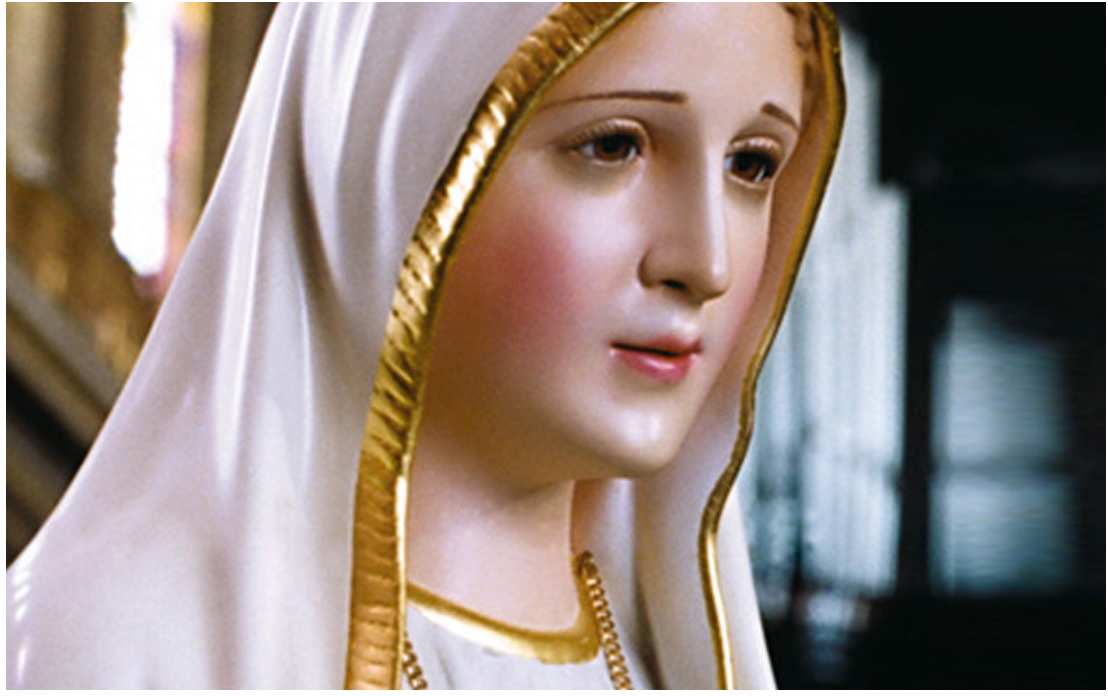

Historical view
In the 7th century in the Greek Church, and in the 8th century in the Latin Church, the Feast of the Conception of Mary was established.
In 1477, Pope Sixtus IV established in Rome the Feast of the Conception of the Immaculate. From the time of Pius V (+ 1572), it began to be celebrated in the entire Catholic Church.
In 1546, the Council of Trent, teaching on the universality of original sin, stipulated that it did not concern the person of Mary. It was an unequivocal support for the conviction that it would free it from the effects of the sin of its first parents. Pius V, the Dominican, who implemented the provisions of the Council, in the Bull Super Speculum (1570) recalled the provisions of Sixtus IV from one hundred years ago and also forbade discussion, except for academic discussions.
In 1617, Pope Paul V prohibited the expression of public opinions contrary to faith in the Immaculate Conception of Mary, and Gregory XV in 1622 extended this prohibition also to private writings.
In 1708, Pope Clement XI made the feast of the Immaculate Conception valid for the entire Church on December 8th.
In 1879, Pope Leo XIII elevated the Feast of the Immaculate Conception to the rank of a duplex primae classis and extended it to the whole Church.In the eastern tradition, the only one type of icons was adopted in the 10th century, representing the meeting of Mary's parents - St. Joachim with St. Anna - at the Golden Gate in Jerusalem. At that time, according to Orthodox theologians, the moment of Mary's conception was to come.

The meeting of Joachim and Anna at the Golden Gate - Giotto di Bondone
